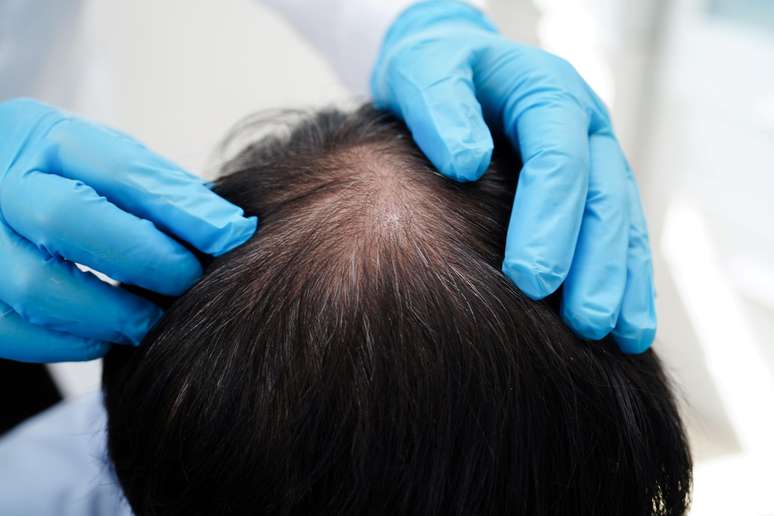Adriana Soares Lima Laurentino was found dead after having done “butt tuning” in a clinic in Recife
A woman identified as Adriana Soares Lima Laurentino, 46, was found dead last weekend after undergoing cosmetic surgery on her buttocks at a clinic in Recife, Pernambuco. In an interview with TV Globo, the victim’s family stated that she did a “head harmonization” with polymethylmethacrylate, a substance known as PMMA. The Civil Police are investigating the case.
Receive the main news directly on WhatsApp! Subscribe to the Terra channel
The death brings to the surface, once again, the discussion on the use of the substance disapproved by the Brazilian Society of Plastic Surgery (SBCP) for aesthetic purposes. According to the National Health Surveillance Agency (Anvisa), PMMA is a plastic component and its treatment is authorized only in two circumstances:
- Face and body volumetric correction: a way to treat volume changes caused by the consequences of diseases such as polio (infantile paralysis);
- Correction of lipodystrophy: change in the body leading to the concentration of fat in some parts of the body, caused by the use of antiretroviral drugs in patients with HIV/AIDS (acquired immunodeficiency syndrome).
Its use is not indicated in interventions for aesthetic purposes. In November 2024, the SBCP released a public position advocating banning PMMA from medical procedures due to possible health risks.
Even with this position, on social media, there are doctors and professionals who defend PMMA as the “definitive filler”.
What can PMMA cause?
According to the Brazilian Society of Plastic Surgery, PMMA is a non-absorbable and permanent material. Complications include: formation of nodules, granulomas, chronic inflammatory processes, embolisms, tissue necrosis, persistent infections, hypercalcemia, renal failure, irreversible deformities and even deaths.
“These risks are widely documented in the medical literature and make the material unsuitable for aesthetic applications, especially considering that its removal, in the event of complications, often involves mutilating procedures with significant functional and aesthetic impact,” explains SBCP.
Source: Terra
Ben Stock is a lifestyle journalist and author at Gossipify. He writes about topics such as health, wellness, travel, food and home decor. He provides practical advice and inspiration to improve well-being, keeps readers up to date with latest lifestyle news and trends, known for his engaging writing style, in-depth analysis and unique perspectives.








